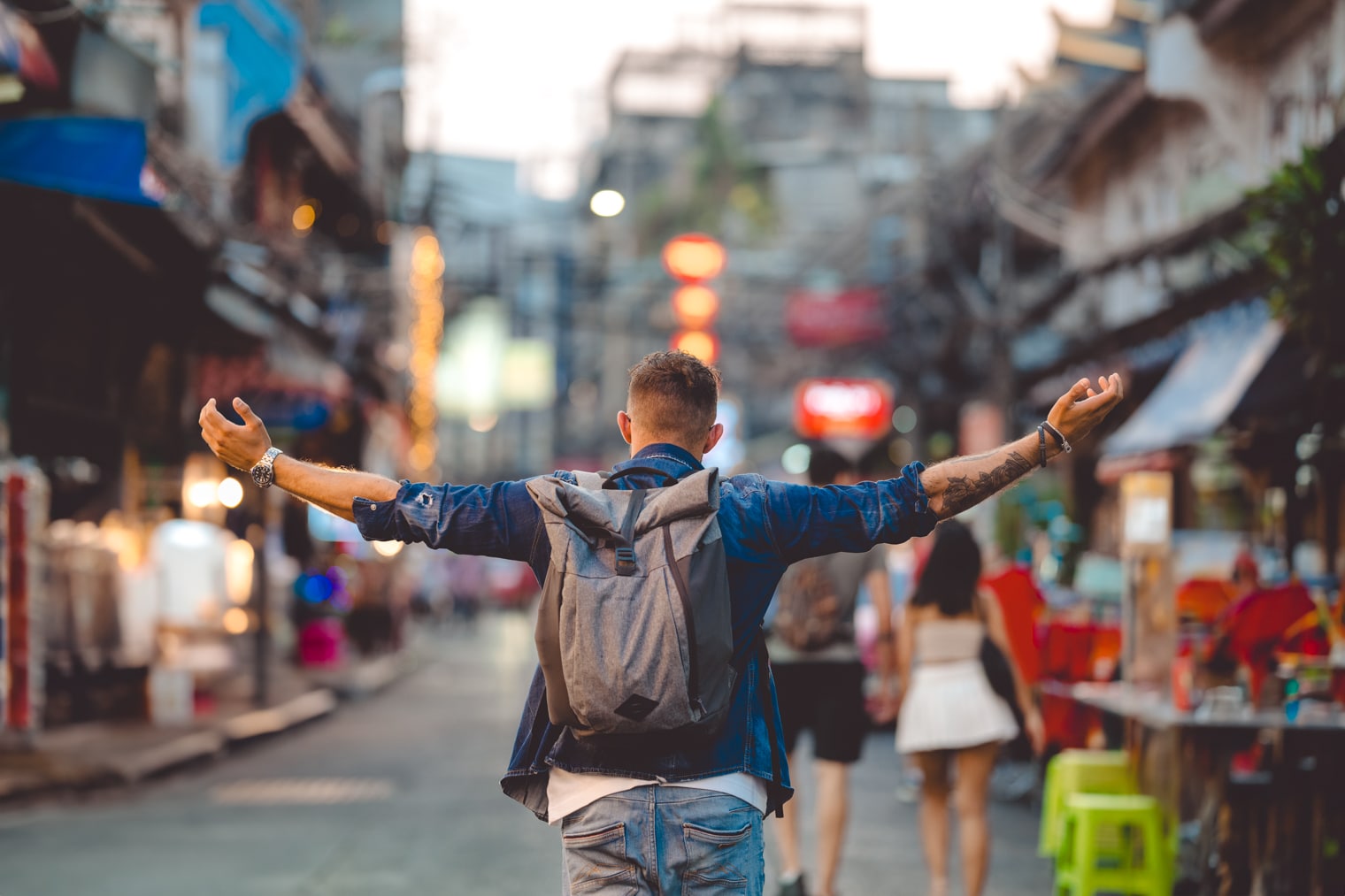As a Bangkok photographer, I have witnessed firsthand the dramatic changes that digital technology has brought to the world of street photography. From the rise of smartphones and social media to the advent of mirrorless cameras and artificial intelligence, the tools and platforms available to street photographers today are vastly different from those of even a decade ago. In this article, we’ll explore how these new technologies are transforming the art and practice of street photography, and how photographers can adapt and thrive in this rapidly evolving landscape.
The Smartphone Revolution:
Perhaps the most significant technological shift in street photography in recent years has been the rise of smartphones. With their ever-improving cameras, compact size, and constant connectivity, smartphones have democratized photography and made it possible for anyone to capture and share street scenes from anywhere in the world. For professional street photographers, smartphones offer a new level of spontaneity and discretion, allowing them to blend in with crowds and capture candid moments that might be lost with a larger, more conspicuous camera.
Social Media and Online Sharing:
Another major impact of digital technology on street photography has been the proliferation of social media and online sharing platforms. From Instagram and Facebook to Flickr and 500px, these platforms have created new opportunities for street photographers to showcase their work, connect with audiences, and build their brands. However, they have also raised new challenges around issues of privacy, copyright, and authenticity, as well as the pressure to create content that is optimized for likes and shares rather than artistic merit.
Mirrorless Cameras and Advanced Features:
For street photographers who prefer the control and quality of a dedicated camera, the rise of mirrorless cameras has been a game-changer. With their compact size, silent shutters, and advanced features like eye-detection autofocus and in-body image stabilization, mirrorless cameras offer a new level of flexibility and performance for street photography. They also offer the ability to preview exposure and depth of field in real-time, making it easier to compose and capture the perfect shot in fast-moving situations.
Artificial Intelligence and Computational Photography:
Another area where digital technology is transforming street photography is in the realm of artificial intelligence and computational photography. From automatic scene recognition and facial detection to advanced noise reduction and HDR processing, these technologies are making it possible to capture stunning images in even the most challenging lighting conditions. However, they also raise questions about the role of the photographer in the creative process, and the line between enhancement and manipulation.
The Changing Role of the Street Photographer:
In many ways, the rise of digital technology has democratized street photography and made it more accessible to a wider range of people. However, it has also challenged the traditional role of the street photographer as a skilled observer and chronicler of urban life. With everyone now carrying a camera in their pocket, the bar for what constitutes a “good” street photo has been raised, and the competition for attention and recognition has never been fiercer.
Adapting to the New Landscape:
So how can street photographers adapt and thrive in this new digital landscape? Here are a few strategies:
1. Embrace the tools: Rather than resisting new technologies, embrace them as opportunities to expand your creative possibilities and reach new audiences.
2. Focus on storytelling: In an age of visual overload, the most compelling street photos are those that tell a story and evoke an emotional response. Focus on capturing moments that reveal something deeper about the human experience.
3. Develop your own style: With so many photographers vying for attention, it’s more important than ever to develop a distinctive visual style that sets your work apart from the crowd.
4. Build a strong online presence: Whether through social media, a personal website, or online galleries, building a strong online presence is essential for connecting with audiences and establishing your brand as a street photographer.
5. Collaborate and learn: Seek out opportunities to collaborate with other photographers, join online communities, and attend workshops and events to continue learning and growing as an artist.
Ethics and Responsibility in the Digital Age:
As with any new technology, the rise of digital tools in street photography also raises new ethical considerations. With the ability to capture and share images instantly and anonymously, photographers must be more mindful than ever of issues of privacy, consent, and representation. It’s important to approach street photography with empathy and respect for the people and communities we photograph and to use our platforms to amplify marginalized voices and challenge stereotypes and misconceptions.
The Future of Street Photography:
Looking ahead, it’s clear that digital technology will continue to shape and transform the art and practice of street photography in ways we can only imagine. From the rise of virtual and augmented reality to the potential of machine learning and computer vision, the tools and platforms available to street photographers will continue to evolve and expand.
However, at its core, street photography will always be about the art of observation, the power of storytelling, and the ability to capture the beauty, complexity, and humanity of the world around us. As Bangkok photographers and global citizens, we have the opportunity and the responsibility to use these new technologies to create images that inspire, inform, and connect us across borders and boundaries.
Conclusion:
In the end, while the tools and platforms of street photography may change, the essence of the art form remains the same. Whether shooting with a smartphone or a mirrorless camera, posting on Instagram, or exhibiting in a gallery, the goal of the street photographer is to capture the fleeting moments of life that reveal something deeper about ourselves and our world.
As we navigate this new digital landscape, let us remember the power and responsibility we hold as visual storytellers, and let us use our cameras and our platforms to create images that challenge, inspire, and unite us. For in a world that is constantly changing, the role of the street photographer as a witness, a chronicler, and a catalyst for change has never been more important.
So let us embrace the opportunities and challenges of this new era, and let us continue to push the boundaries of what is possible with street photography in the digital age. Together, we can create a new visual language that reflects the diversity, complexity, and beauty of the world we share, and that will endure long after the technologies of today have faded into history.


